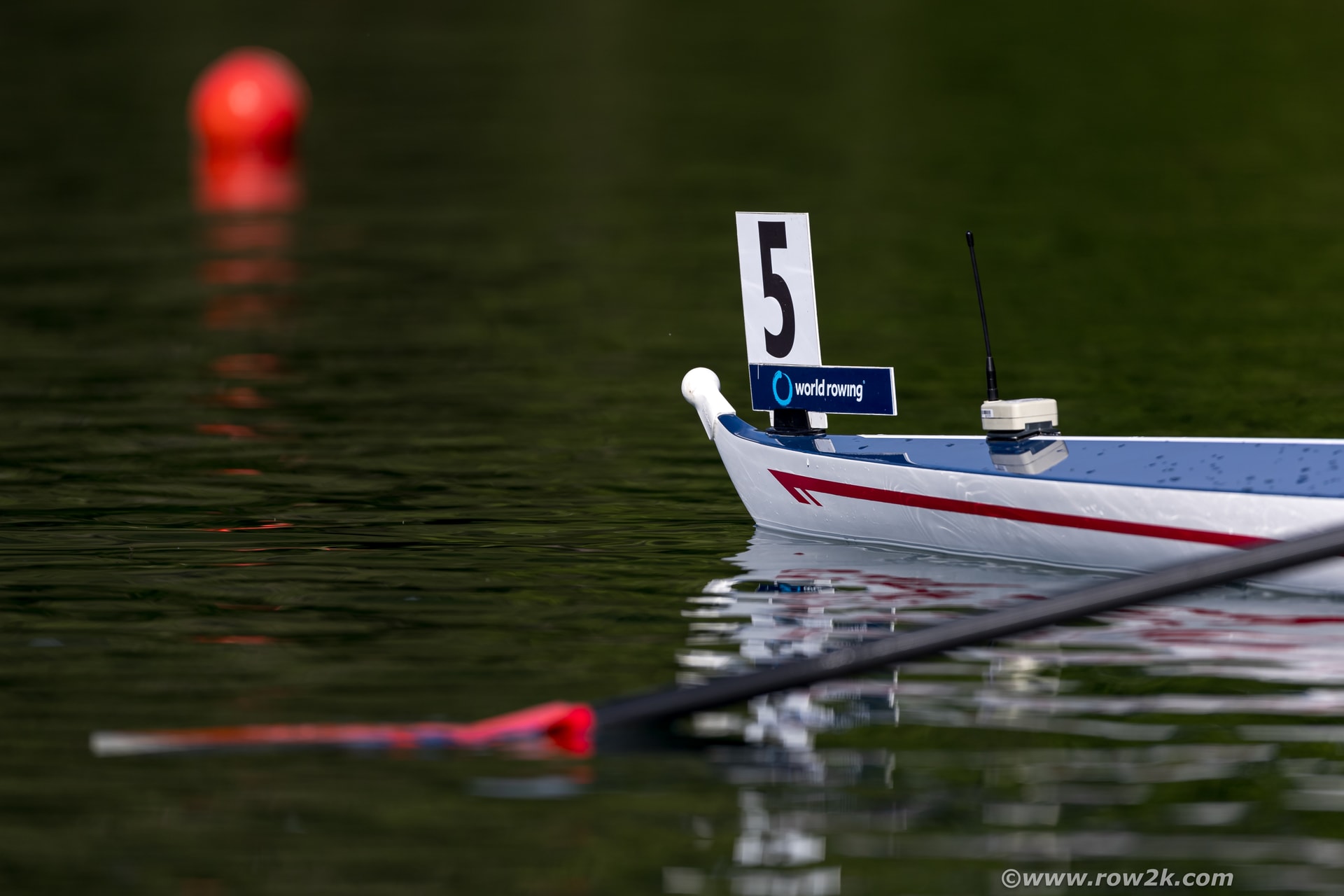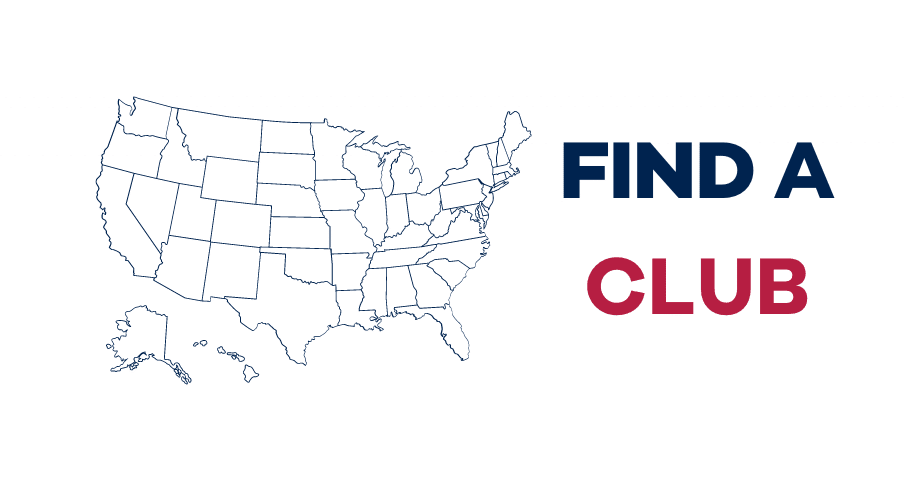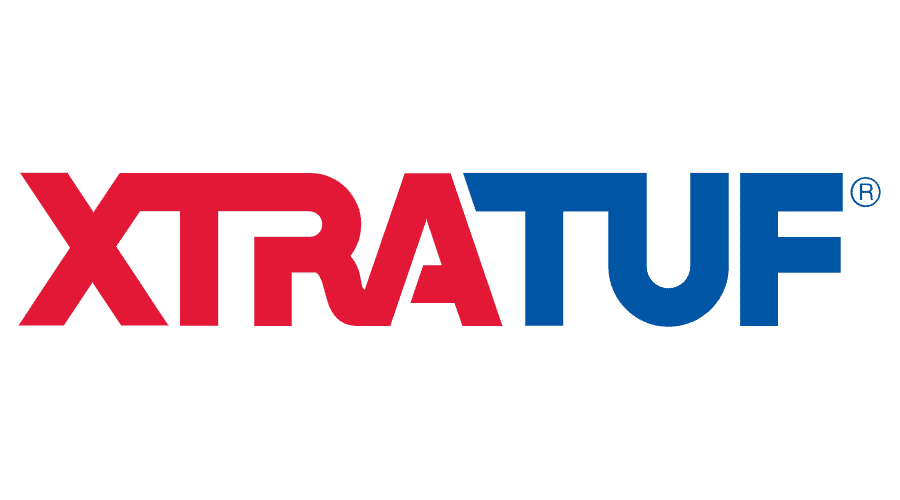Learn About Rowing

Here are some helpful things to know as you Get a Grip on this new sport:
1. We take SAFETY SERIOUSLY in rowing. Safe Sport and USRowing’s safety guidelines help protect the rowing community from psychological and physical harm. Everyone plays a part in safety — from coaches to athletes to parents to referees. Please refer to the website to understand expectations when it comes to Safe Sport mandatory training, swim criteria, on-water safety guidelines, and more.
2. Rowing is truly a SPORT FOR ALL. Rowers are diverse. We welcome anyone interested in taking on the sport no matter their race, ethnicity, gender, ability, sexual orientation, socio-economic status, age, geographic location, religion, language, or veteran status. There is a place for you or your child.
3. THERE IS A SEAT FOR YOU. Rowing is one of many sports that can be adapted to accommodate your unique body. By adjusting the grips on the oar, the seat, the boat, and safety considerations, your coach will help you feel comfortable, powerful, and safe. Join us to experience a great aerobic workout that is low-impact and easy on the joints!
4. We believe rowers are the BEST ATHLETES. Rowing looks graceful, elegant, and sometimes effortless when it is done well. Rowing demands endurance, strength, balance, mental discipline, and even an ability to continue on when your body says stop.
5. The CATEGORIES. Rowers are categorized by gender and age. Races are offered for men and women, as well as for mixed crews and an open gender category for non-binary athletes. Rowers range in age from the under-15 category to masters, which encompasses rowers into their 90s. Collegiate, masters, and elite-level rowing also offer both lightweight and open weight categories.
6. The EQUIPMENT. Today’s rowing boats are called shells, and they’re usually made of lightweight carbon fiber. The smallest boat on the water is the single scull, which is only 27-30 feet long, a foot wide, and approximately 30 pounds. Eights are the largest boats at 60+ feet and a little over 200 pounds. Sweep oars are longer than sculling oars, typically with carbon fiber handles and rubber grips.
7. The CREW. Athletes are identified by their position in the boat. The athlete sitting in the bow, the part of the boat that crosses the finish line first, is the bow seat or #1 seat. The person in front of bow seat is #2, then #3, and so on. The rower closest to the stern who crosses the finish line last is known as the stroke. In many cases, rowers refer to each other as their seat number or as part of a unit in the same proximity of the boat. For example: bow pair (usually smaller rowers with excellent technique), stern pair (set a rhythm for the rowers to follow), or the “engine room” (middle four who tend to have the most power).
8. SPM, not MPH. Rowers speak in terms of strokes per minute (SPM), the number of strokes the boat completes in a minute’s time. The stroke rate at the start of a race is high — 38-45, even into the 50s for an eight — and then “settles” to a race cadence typically in the 30s for the majority of the event. Crews sprint to the finish, taking the rate up once again. Crews may call for a “Power 10” during the race — a demand for the crew’s most intense 10 strokes.
9. SWEEP (like a broom) and SCULLING (with a “c”). There are two basic types of rowing: sweep rowing and sculling. In sweep rowing, athletes hold one oar with both hands. In sculling, the athletes have two oars, one in each hand, usually in smaller boats. The “grip” is the part of the oar you hold onto while you row. Now you understand why we said, “Get a Grip!”
10. The BOAT. Although spectators will see hundreds of different races at a rowing regatta, there are only six main boat configurations. Sweep boats are pairs (2-), fours (4+ or 4-), and eights (8+). Scullers row in singles (1x), doubles (2x), and quads (4x). Sweep rowers may or may not carry a coxswain (“cox-n” or cox), the person who steers the boat and serves as the on-the-water coach. All eights have coxswains, but pairs and fours may or may not. ln all sculling boats and sweep boats without coxswains, a rower steers the boat.
11. RACE WATCHING. The crew that’s making it look easy is most likely doing the best job. When watching a race, look for a continuous, fluid motion from the rowers, synchronization in the boat, clean catches (i.e., oars entering the water with little splash), and the boat with the most consistent speed. Don’t miss your crew! Spectators may only get to see a small part of the race, so make sure to note the crew’s lane number and bow number. Cheer loudly when they go by, and model good sportsmanship and behavior.
12. TEAMWORK is number one. Rowing isn’t a great sport for athletes looking for MVP status. It is, however, teamwork’s best teacher. The athlete trying to stand out in a team boat might only make the boat slower. The crew made up of individuals willing to sacrifice personal goals for the team will be on the medal stand together. Winning teammates successfully match their desire, talent, and bladework — and build bonds for life.
13. The three main DISCIPLINES of Rowing: flat-water, indoor, and coastal. We consider a “rower” to be anyone on a rowing machine or in a boat with a sliding seat. Flat-water is the “traditional” Olympic-style rowing. Indoor rowing takes place on an ergometer (or “erg” for short). Coastal rowing is the newest form of rowing — divided into beach sprints and open-water rowing. You can check YouTube to view coastal rowers sprinting and launching into their shells from the shore!
As the National Governing Body of rowing, USRowing provides the answers you need to all your rowing questions. Our rowing roots stretch back to 1872, making us the oldest national governing body in sports — and we’re just getting started. We have a vision to grow our sport, broaden access, and make rowing sustainable into the future. Please reach out with any questions! Members@usrowing.org.
Step Into Rowing Manual
A Handbook for Parents/Guardians from USRowing
Step Into Rowing Manual
A handbook for parents/guardians from USRowing.

Education
The Launch

Safeguarding
Report a Rowing Safety Incident

Discover























